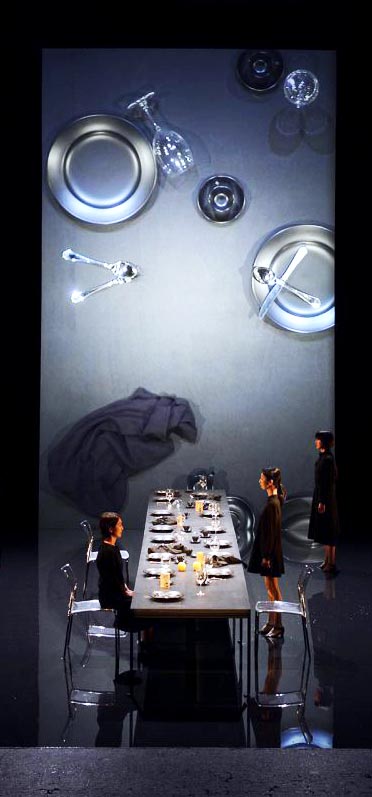
KOHEI NAWA
Biomatrix
«Biomatrix» est une installation d’extrémités scycles de bulles de cellules éruptives émergeant à la surface de l’huile de silicone liquide. Cette circulation du liquide coloré évoque le comportement du magma ou du sang et, en raison de la viscosité élevée de l’huile de silicium, illustre le mouvement du matériau à une vitesse faussement plus lente que l’attente du spectateur. La piscine à commande électrique devient une interface qui amplifie l’impact visuel et produit à l’infini des motifs cellulaires. Une formation de grille ordonnée apparaît comme une matrice numérique, tandis qu’une observation plus approfondie révèle des irrégularités telles qu’une effervescence sporadique et simultanée et des sons plosifs brisant la tension superficielle.







